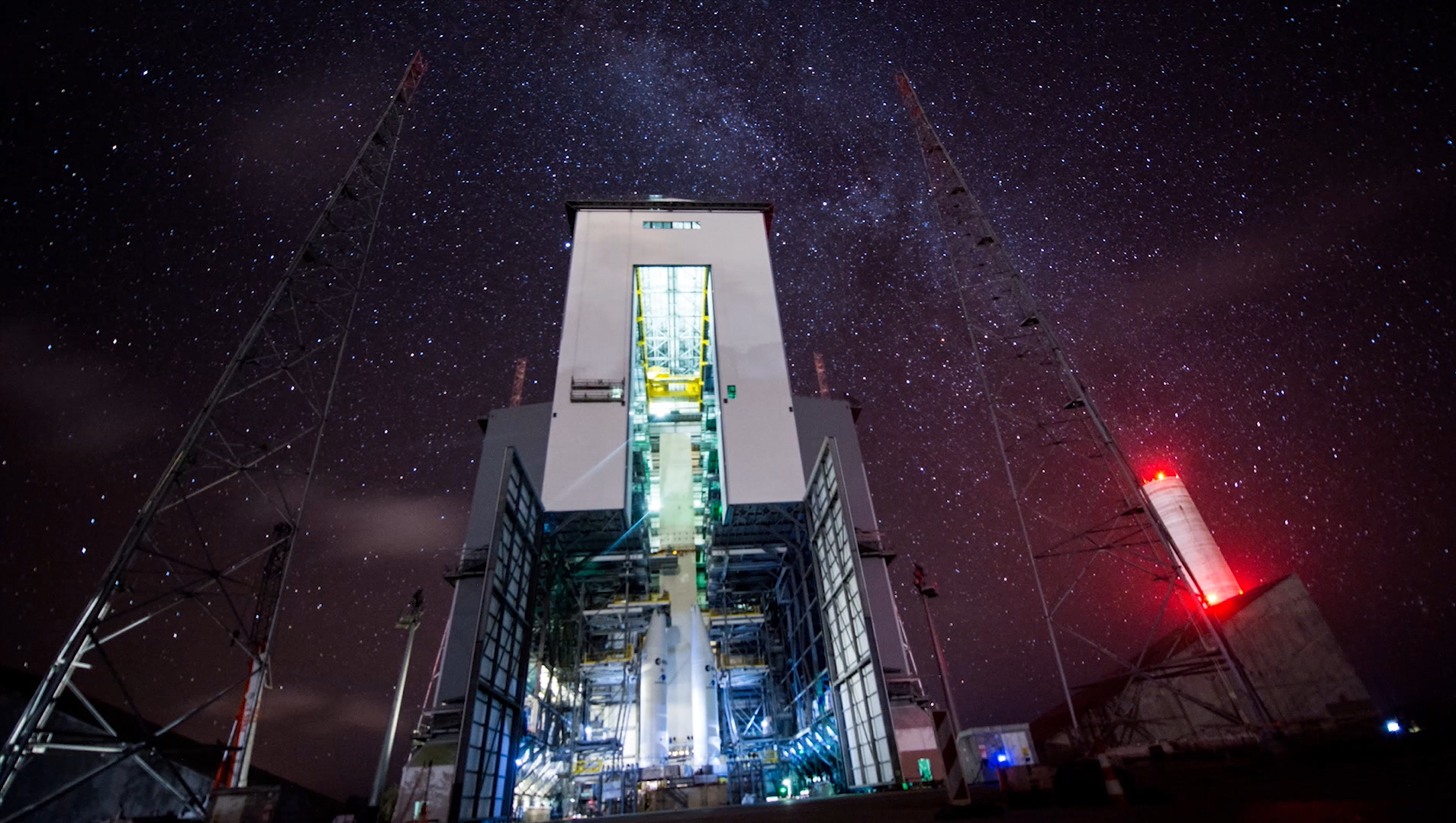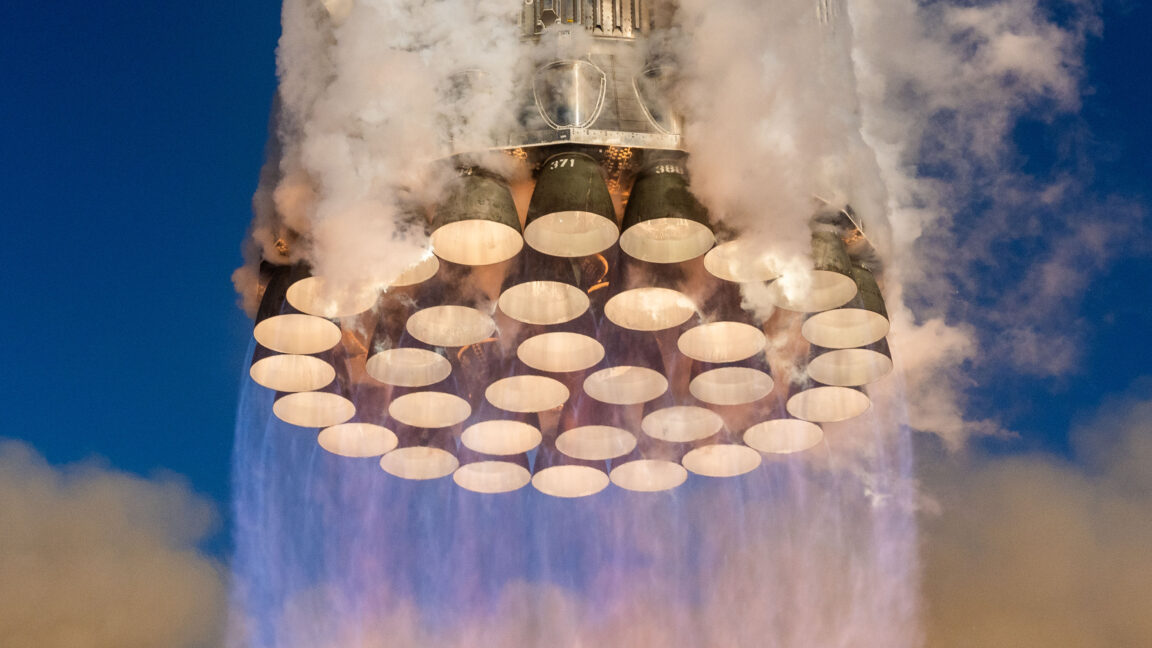Nearly a decade ago, the European Space Agency announced plans to develop the next generation of its Ariane rocket, the Ariane 6 booster. The goal was to bring a less costly workhorse rocket to market that could compete with the likes of SpaceX's Falcon 9 booster and begin flying by 2020.
It has been well documented that development of the Ariane 6 is running years behind—the vehicle is now unlikely to fly before the middle of 2024 and subject to further delays. For example, a critical long-duration hot fire of the vehicle's Vulcain 2.1 main engine had been scheduled for "early October," but there have been no recent updates on when this key test will occur.
However, there are also increasing concerns that the Ariane 6 rocket will not meet its ambitious price targets. For years, European officials have said they would like to cut the price of launches by half with a rocket that is easier to manufacture and by flying an increased cadence of missions.
The price of Ariane rockets, for the public, has always been something of a black box. However, a reasonable estimate for a baseline Ariane 5 rocket is 150 million euros. Cutting that price in half, therefore, would be about 75 million euros. That is reasonably competitive with the Falcon 9 rocket, which has a base price of $67 million (63 million euros).
I am altering the deal
However, as Ars previously reported, a 50 percent cost reduction is no longer achievable. Speaking in June at the Paris Air Show, the European Space Agency's Toni Tolker-Nielsen said the Ariane 6 is projected to come in at a higher cost per launch than first predicted. The Ariane 6's cost per flight will be about 40 percent lower than that of the now-retired Ariane 5, short of the previous goal.
Additionally, during a news conference in early September, the chief executive of Arianespace, Stéphane Israël, declined to discuss price specificity. He only said costs were going up, and these would necessarily be reflected in prices.
"The recurring costs of the Ariane 6 are impacted by inflation because we are in the real economy, and you can imagine we have the same issues," he said. "For sure, there is inflation, and we have to cope with this fact."
Then, on Sunday, the French financial newspaper La Tribune reported that ArianeGroup would seek additional subsidies to support the operation of the Ariane 6 rocket. For the sake of clarity, the European Space Agency funds development of the Ariane 6, ArianeGroup—which is owned by Airbus and Safran—develops and manufactures the Ariane 6, and Arianespace sells and launches them.
Since 2021, the publicly funded European Space Agency has provided a subsidy of 140 million euros annually to ArianeGroup in order to make the Ariane 6 rocket more competitive in the commercial market. That is to say, taxpayers are subsidizing the cost of building Ariane 6 rockets so that they will be more attractive to private satellite operators seeking a ride to space.
However, according to the French news report, ArianeGroup is asking for a substantial increase to this subsidy, to 350 million euros a year. If this were approved by the European Space Agency, it would blow any cost savings for the Ariane 6 rocket, compared to the Ariane 5, out of the water.
Pray I do not alter it any further
Let's do some basic math here. Since its debut in 1996, the Ariane 5 rocket has averaged fewer than five launches a year. Thanks in part to a blockbuster order from Amazon for its Project Kuiper satellites, there is more demand for the Ariane 6 rocket. Let us assume that Arianespace can reach a cadence of six launches a year by 2026.
Six launches of the Ariane 5 rocket would cost 900 million euros. If Europe can truly sell Ariane 6 launches for 40 percent less, which seems like a stretch given Stéphane Israël's recent comments, that is 540 million euros. However, when the 350 million euro subsidy is factored in, the total comes to 890 million euros, essentially the same price. In such a scenario, then, the Ariane 6 rocket costs the same as its predecessor.
Of course if ArianeGroup and Arianespace can reach a higher cadence of launches a year, the economics start to look a little bit better. However, one also has to factor in that the European Space Agency has invested $4 billion to develop the Ariane 6 rocket. If that development cost is amortized over 100 launches, which is probably a reasonable guess for the Ariane 6 lifetime, it comes to $40 million per mission.
One way of thinking about this is to consider the costs to European taxpayers for a commercial launch of Project Kuiper satellites. Let's assume Europe is successful and reaches a cadence of 10 launches per year with the Ariane 6 rocket. One-tenth of the annual subsidy is $35 million. One-hundredth of the development cost is $40 million.
Therefore, European taxpayers are subsidizing every launch of satellites for Jeff Bezos by roughly $75 million.
Other costs
Given the large development costs and ongoing subsidy, one might start to question why Europe developed the Ariane 6 in the first place. After all, the Ariane 5 has a good success rate and, if it had not been retired earlier this year, would be seeing significant demand on the launch market. Instead, Europe has a gap in its ability to launch medium and large satellites until the Ariane 6 is operationally ready.
Another significant downside to all of this is that Europe spent a decade developing a rocket that is somewhat more modern than the Ariane 5 but still performs the same basic function at the same basic price. During that lost decade, SpaceX has amply demonstrated the value of re-flying first stages and has kickstarted a stampede within the launch industry toward reuse. Because it has been focused on the expendable Ariane 6, the European Space Agency has missed out on this opportunity. It is now years behind and only starting basic technology demonstrations rather than bringing a true Falcon 9 competitor to market.
Andrew Parsonson, who writes the Europe in Space newsletter, says the billions of dollars in subsidies to ArianeGroup could probably do a lot more good in going to commercial companies in Europe such as Isar Aerospace, Rocket Factory Augsburg, and Latitude, which are developing more innovative launchers.
"There is very little we can do now," Parsonson said. "I know that. Ariane 6 is a pill that we’re just going to have to swallow. We cannot cancel the program and any new development would take several years to mature. What we can do, however, is make sure that ArianeGroup is not involved in the future of European launch."


